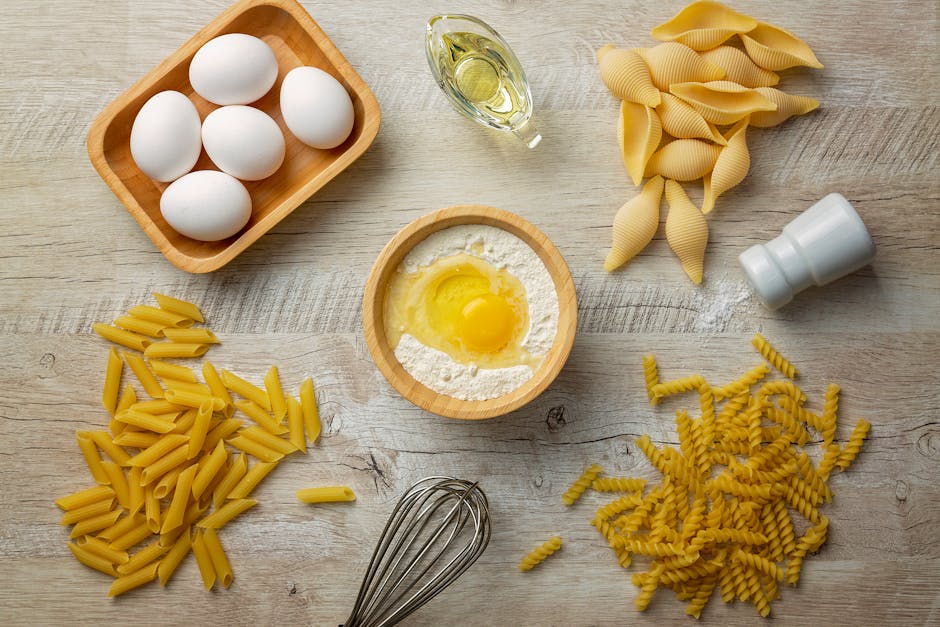-
Table of Contents
Introduction
Mead, often referred to as “honey wine,” is one of the oldest fermented beverages known to humanity, with roots tracing back thousands of years across various cultures. Its origins can be found in ancient civilizations, including the Egyptians, Greeks, and Celts, who revered mead for its intoxicating properties and believed it to possess magical qualities. Traditionally made from honey, water, and sometimes various fruits, spices, or herbs, mead has evolved into a diverse category of beverages, ranging from sweet to dry, still to sparkling. This article will guide you through a comprehensive mead recipe, allowing you to create your own batch at home.
Time
- Preparation time: 15 minutes
- Cooking time: 0 minutes (fermentation time varies)
- Total time: Approximately 4-6 weeks (including fermentation)
Ingredients
To make a basic mead, you will need the following ingredients:
- Honey: 3 pounds (preferably raw or organic for better flavor)
- Water: 1 gallon (filtered or spring water is recommended)
- Yeast: 1 packet of mead yeast (such as Lalvin D-47 or EC-1118)
- Nutrient: 1 teaspoon of yeast nutrient (optional but recommended for healthy fermentation)
- Acid blend: 1 teaspoon (optional, for balancing flavor)
- Optional flavorings:
- Fruits (e.g., berries, citrus, apples): 1-2 cups, chopped
- Spices (e.g., cinnamon, cloves, ginger): 1-2 teaspoons
- Herbs (e.g., mint, chamomile): 1-2 teaspoons
Step-by-Step Instructions
Follow these detailed steps to create your own mead:
- Sanitize Equipment: Before starting, ensure all your equipment (fermentation vessel, airlock, stirring spoon, etc.) is thoroughly sanitized to prevent contamination.
- Mix Honey and Water: In a large pot, combine the honey and about half of the water. Heat gently to dissolve the honey, stirring occasionally. Do not boil, as this can alter the flavor of the honey.
- Add Remaining Water: Once the honey is fully dissolved, remove the pot from heat and add the remaining water to cool the mixture to room temperature.
- Add Yeast and Nutrients: Once the mixture has cooled, sprinkle the yeast and yeast nutrient over the surface. Allow it to sit for about 15 minutes to rehydrate before stirring gently to incorporate.
- Optional Flavor Additions: If you are using fruits, spices, or herbs, add them to the mixture at this stage. Stir well to combine.
- Transfer to Fermentation Vessel: Pour the mixture into a sanitized fermentation vessel, leaving some space at the top for foaming during fermentation.
- Seal and Store: Seal the fermentation vessel with an airlock filled with water. Store it in a cool, dark place (ideally around 65-75°F or 18-24°C).
- Fermentation: Allow the mead to ferment for 4-6 weeks. You will notice bubbling in the airlock, which indicates active fermentation. After about 2-3 weeks, you can check the specific gravity with a hydrometer to monitor fermentation progress.
- Bottling: Once fermentation is complete (specific gravity remains stable), siphon the mead into sanitized bottles, leaving sediment behind. Seal the bottles with corks or caps.
- Aging: For best flavor, age the mead for at least 3 months before consuming. The longer you age it, the smoother and more complex the flavors will become.
Cooking Tips
Here are some expert tips to enhance your mead-making experience:
- Choose Quality Honey: The type of honey you use will significantly affect the flavor of your mead. Experiment with different varieties, such as wildflower, clover, or orange blossom honey.
- Temperature Control: Maintain a consistent fermentation temperature to avoid off-flavors. Too high or too low temperatures can stress the yeast.
- Patience is Key: Mead benefits from aging. Don’t rush the process; allow it to mature for the best flavor.
- Experiment with Flavors: Feel free to get creative with your flavorings. Try adding different fruits, spices, or even herbs to create unique blends.
- Monitor Fermentation: Use a hydrometer to track the specific gravity and ensure fermentation is complete before bottling.
Variations
Mead can be customized in numerous ways to suit your taste preferences:
- Melomel: Add fruits like berries, peaches, or apples during fermentation for a fruity mead.
- Metheglin: Incorporate spices or herbs, such as cinnamon, ginger, or chamomile, for a spiced mead.
- Sack Mead: Use a higher honey-to-water ratio for a sweeter, stronger mead.
- Braggot: Combine mead with malted grains or beer for a hybrid beverage.
- Carbonated Mead: If you prefer a sparkling mead, consider adding priming sugar before bottling to create carbonation.
Nutrition per Serving
Mead is primarily composed of sugars from honey, and its nutritional content can vary based on the ingredients used. Here’s a general breakdown per 5-ounce serving:
- kcal: 150
- fat: 0g
- saturates: 0g
- carbs: 36g
- sugars: 30g
- fibre: 0g
- protein: 0g
- salt: 0g
Serving Suggestions
Mead can be enjoyed in various ways, and here are some serving suggestions:
- Chilled or Room Temperature: Serve mead chilled for a refreshing drink or at room temperature for a more robust flavor.
- Glassware: Use wine glasses or mead-specific glasses to enhance the drinking experience.
- Pairing with Food: Mead pairs well with a variety of foods, including:
- Cheese platters (especially soft cheeses and blue cheese)
- Grilled meats and poultry
- Spicy dishes (the sweetness of mead balances heat)
- Desserts (especially fruit-based or chocolate desserts)
- Cocktails: Use mead as a base for cocktails by mixing it with spirits like gin or vodka, or adding fresh fruit juices.
Conclusion
Making mead at home is a rewarding and enjoyable process that connects you to an ancient tradition. With just a few simple ingredients and some patience, you can create a delicious beverage that reflects your personal taste. Whether you choose to stick to the classic recipe or experiment with various flavors and styles, mead offers endless possibilities for creativity. So gather your ingredients, follow the steps outlined in this article, and embark on your mead-making journey. Cheers to your homemade honey wine!





